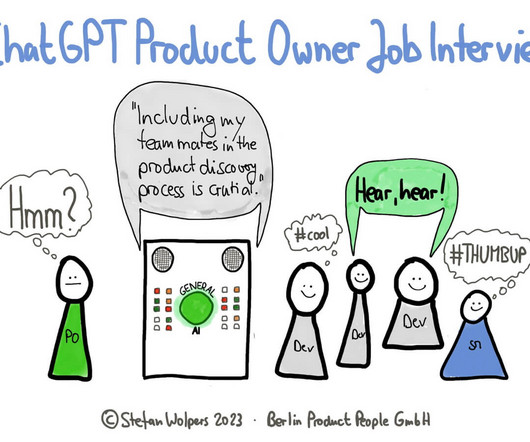Develop Enterprise Agility With Product Groups
Scrum.org
FEBRUARY 23, 2023
This article is part of a blog series dedicated to the book: Creating Agile Organizations - A Systemic Approach , by Cesario Ramos & Ilia Pavlichenko. Cross-functional team is the basic structural block in Scrum. It is a self-managed unit that optimizes speed of learning and flexibility. When multiple cross-functional teams are working on the same product we call it a scaled Scrum and there are different implementations of it, for instance, Nexus and LeSS.























Let's personalize your content